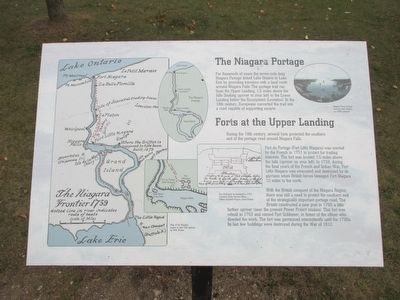Welcome to the De Pere Dam, a site with a rich tapestry of history that reflects the industrial and cultural evolution of Wisconsin. Our journey begins in 1671 when French Jesuit explorer Père Claude-Jean Allouez established the St. Francis Xavier Mission at the last set of rapids on the Fox River, an area known for its abundant fishing opportunities. This site was originally called ‘Rapides Des Pères,’ or ‘rapids of the fathers,’ which eventually inspired the name De Pere.
Fast forward to 1837, the Fox River Hydraulic Company constructed the first dam here, marking the beginning of industrial development in the region. This early dam included a small lock, setting the stage for future navigation and commerce along the river. However, it wasn’t until 1849 that a more ambitious project was undertaken with the construction of a second canal and a larger lock. Despite setbacks and abandonment due to disputes, these efforts laid the groundwork for future economic activity.
The early 20th century saw significant changes with the rebuilding of the De Pere Dam between 1929 and 1930. This period was crucial as the lock system was expanded and modernized to meet the demands of commercial traffic, primarily coal boats fueling industries upstream. However, the decline of river commerce due to the rise of railroads and automobiles precipitated the eventual closure of the Upper Fox River to navigation in 1951.
Despite these challenges, the De Pere Lock and Dam site has been preserved as part of the De Pere Lock and Dam Historic District, listed on the National Register of Historic Places in 1993. This recognition underscores the site’s importance as a complete example of a river/canal transportation system from the 19th century.
Today, the dam stands as a testament to the engineering prowess and economic aspirations of past generations. It remains a symbol of De Pere’s historical significance in Wisconsin’s industrial and transportation narrative.



